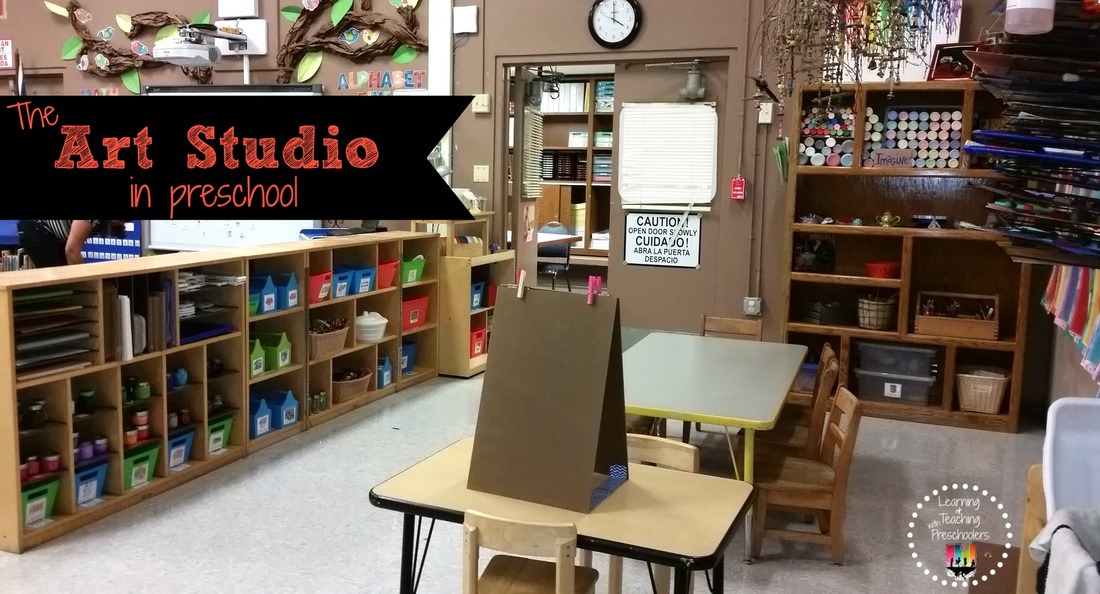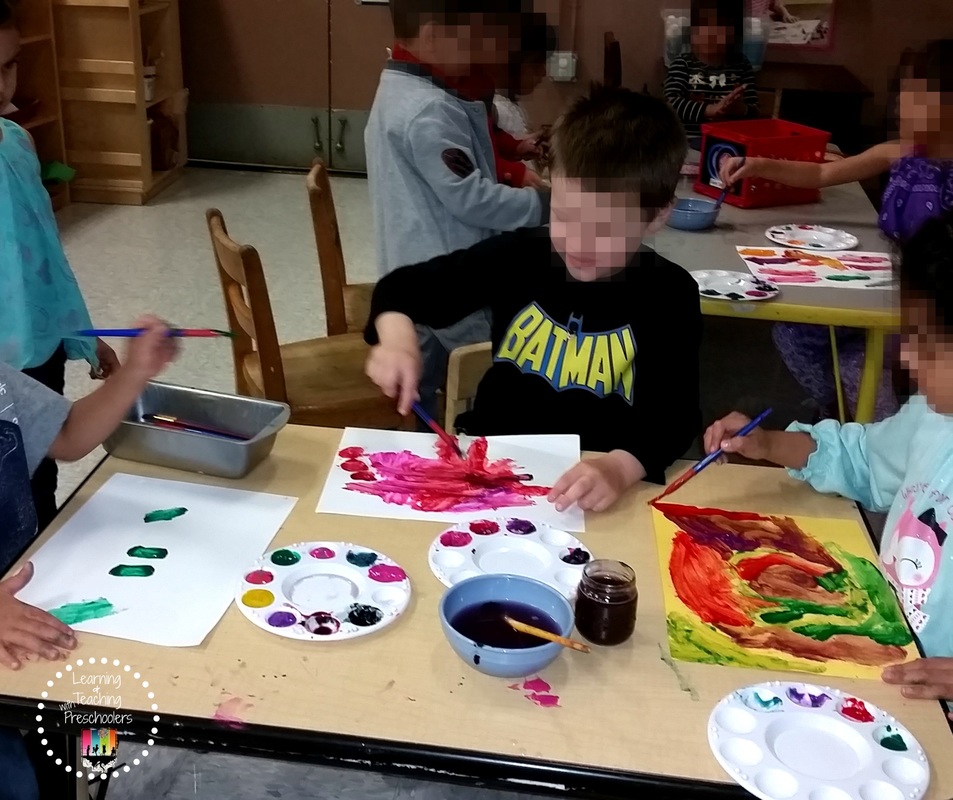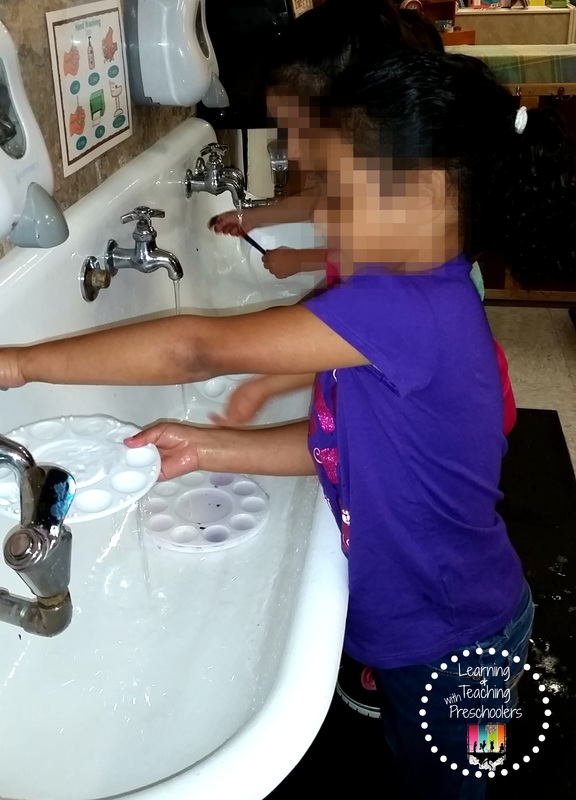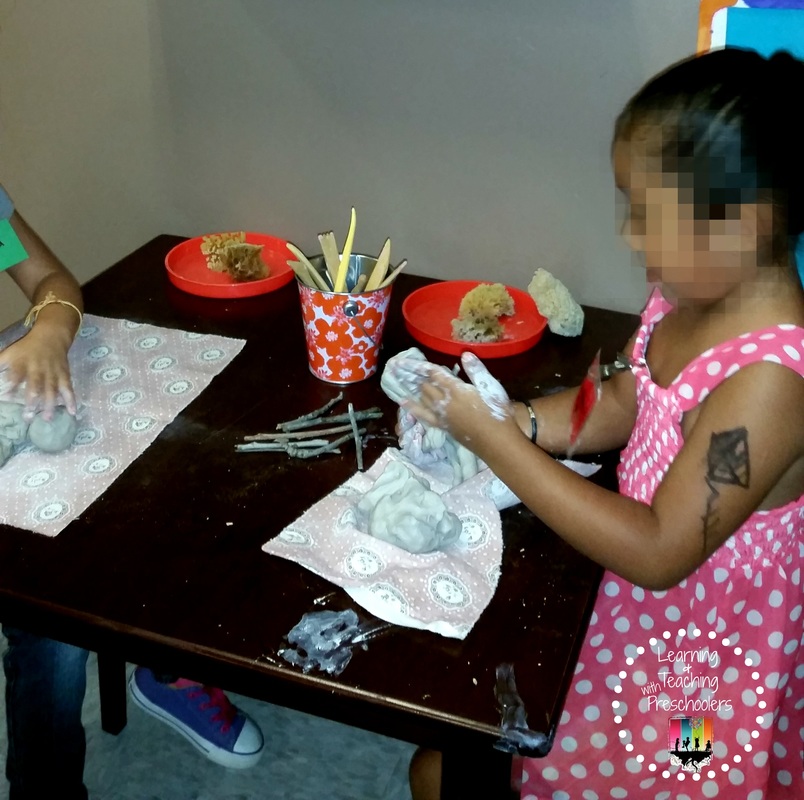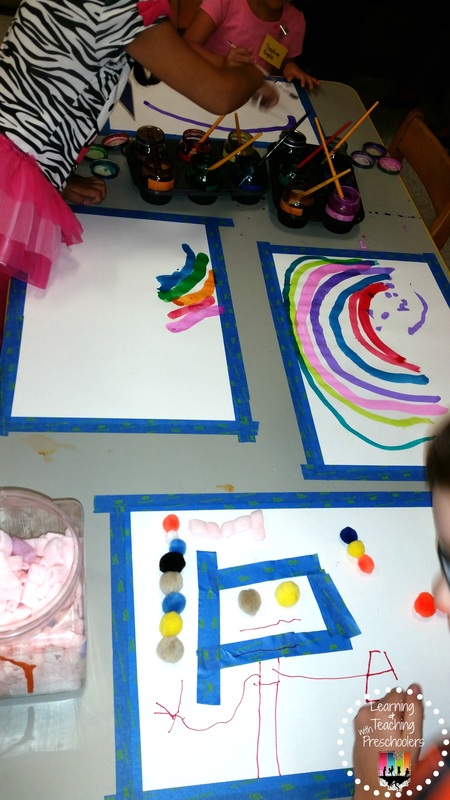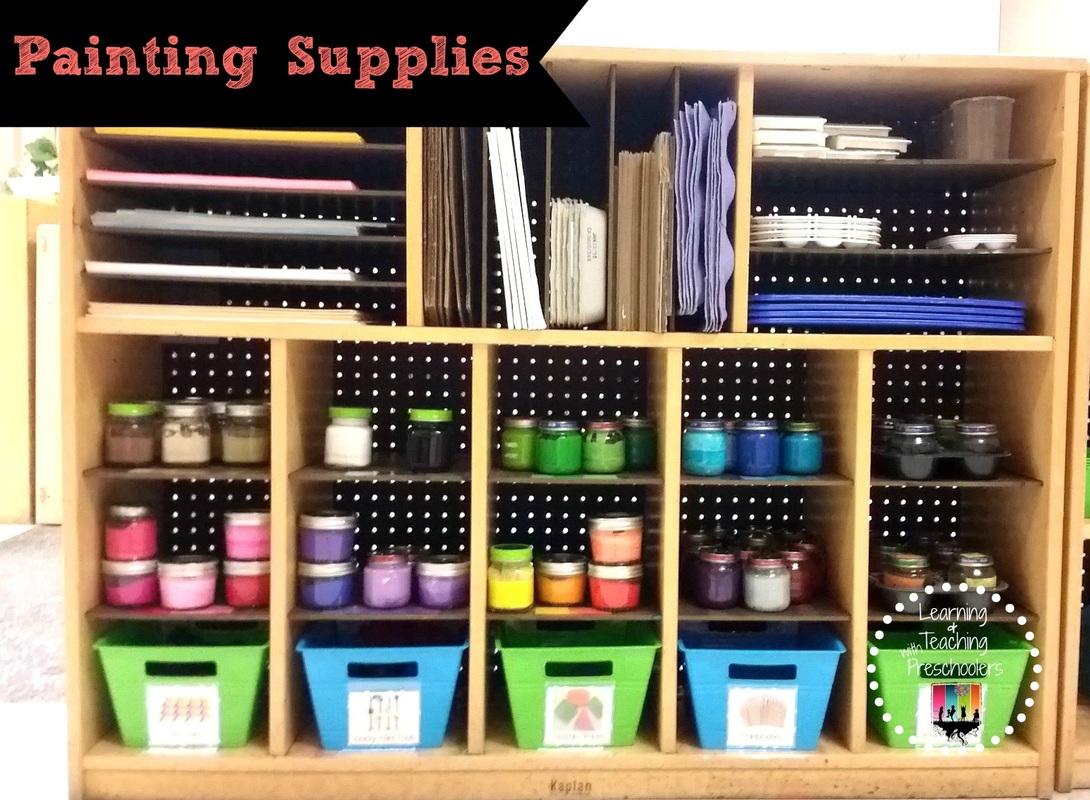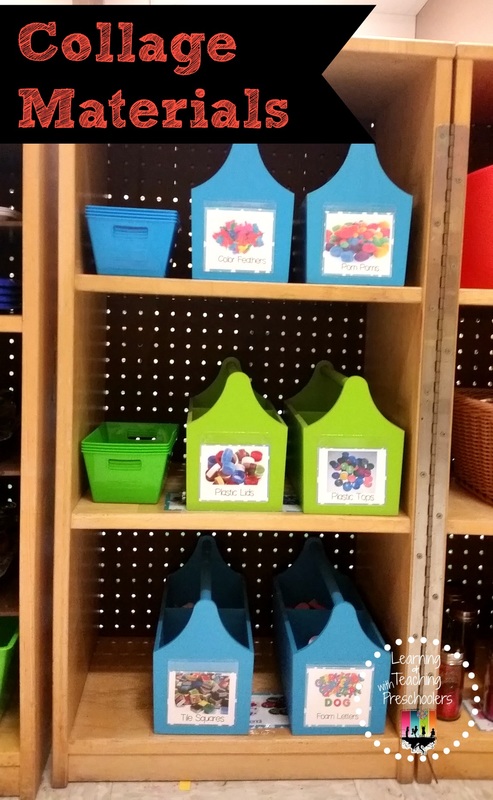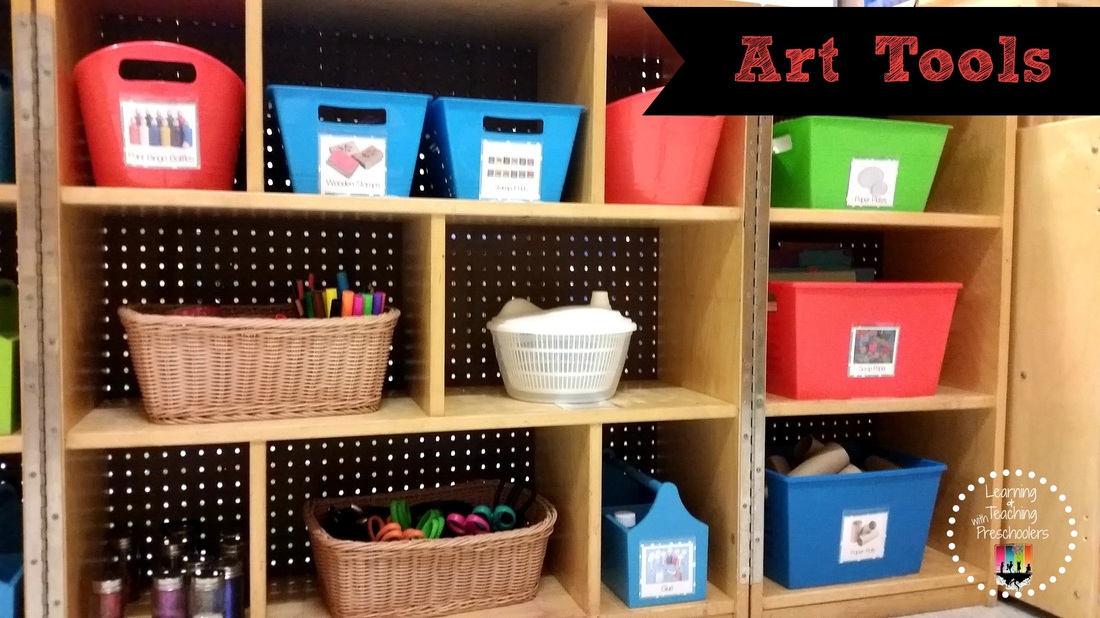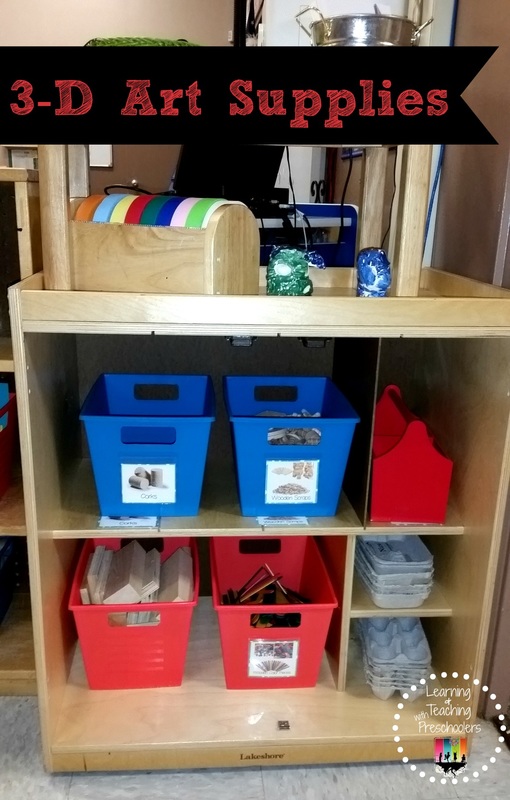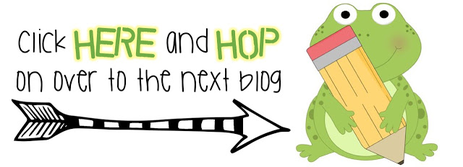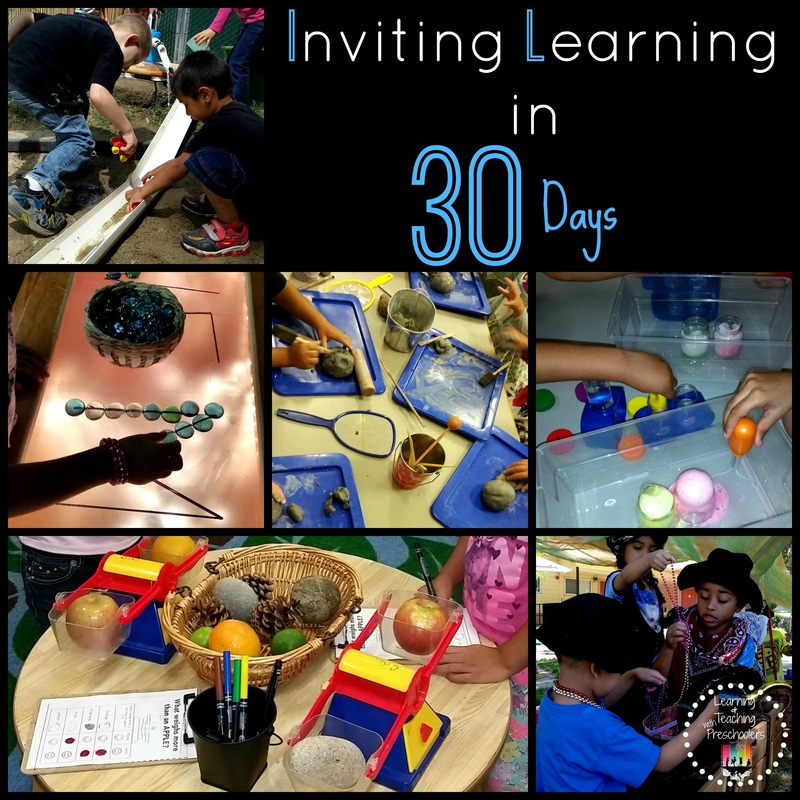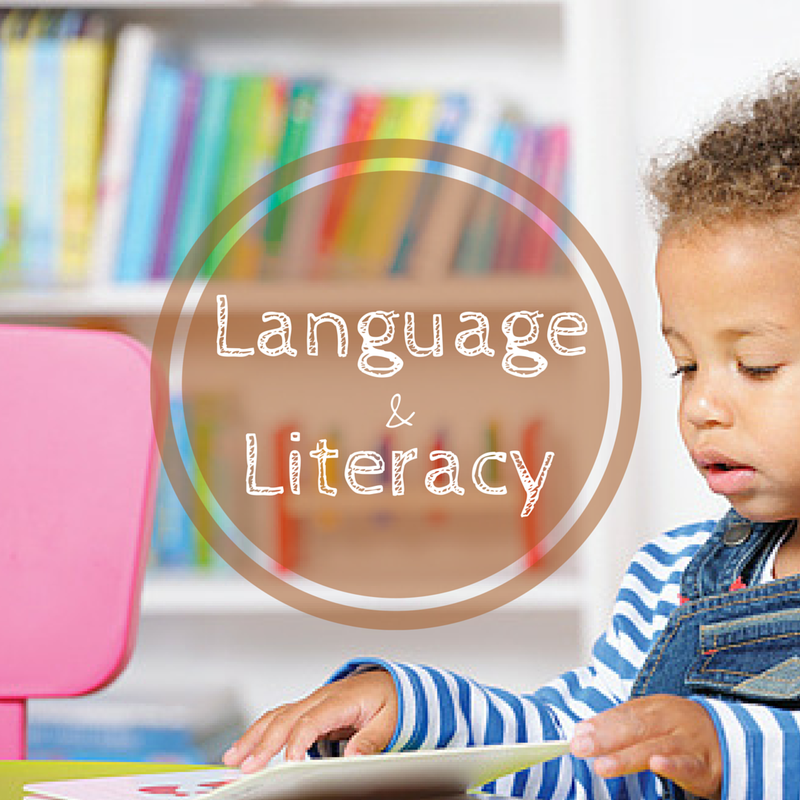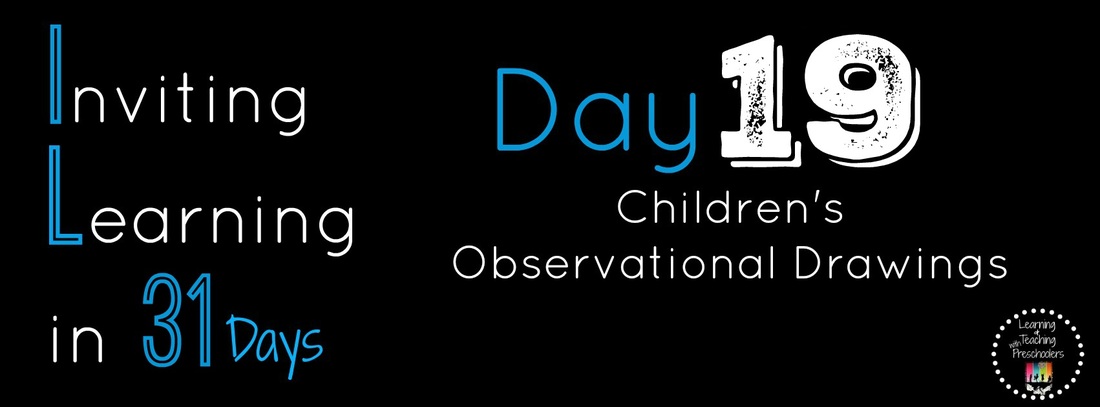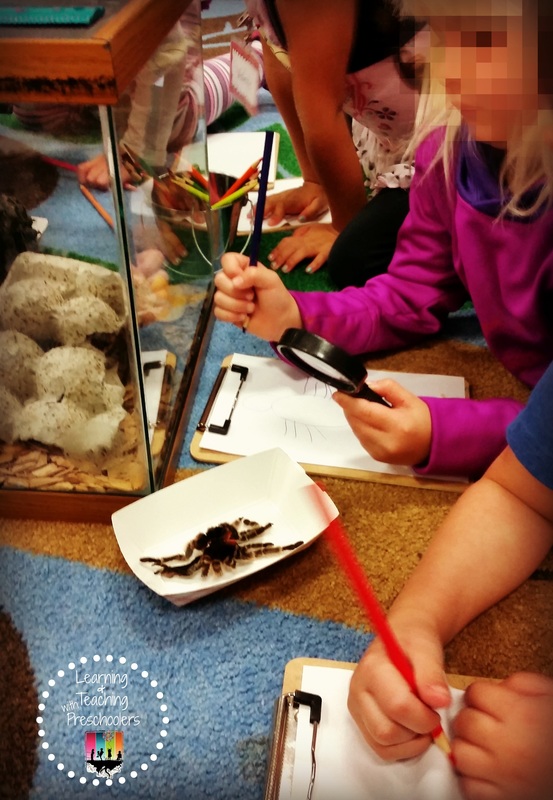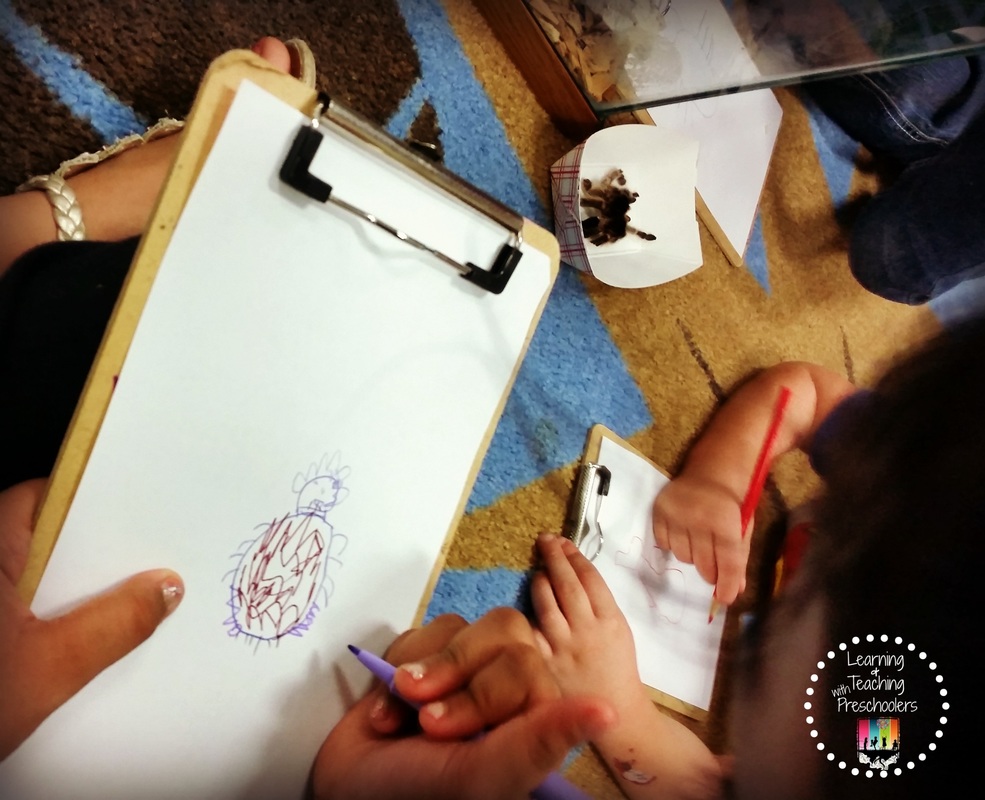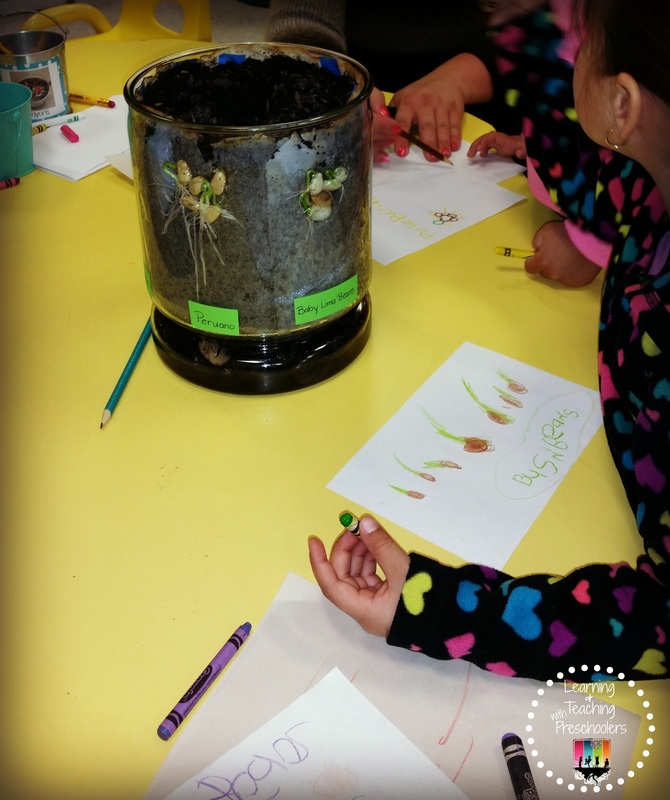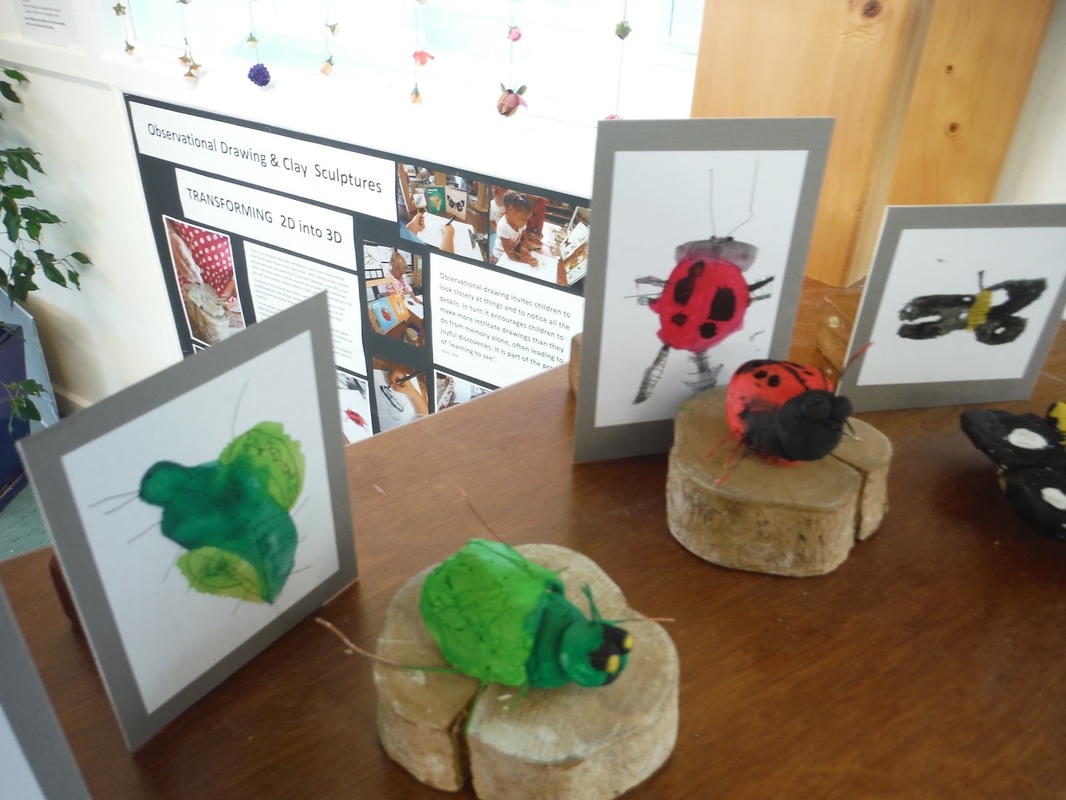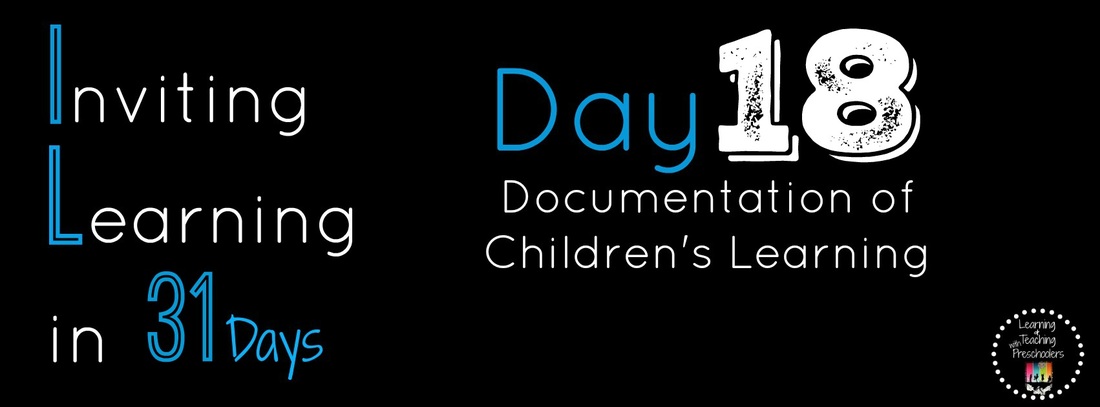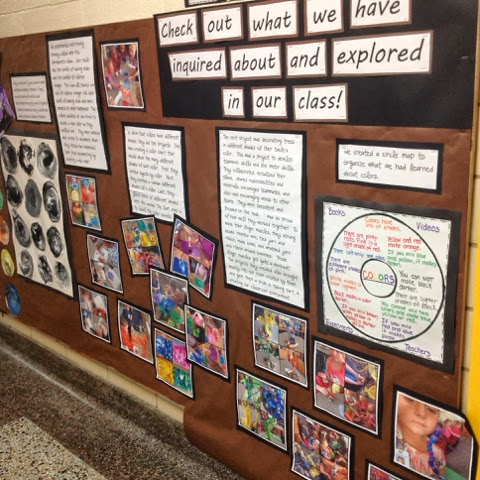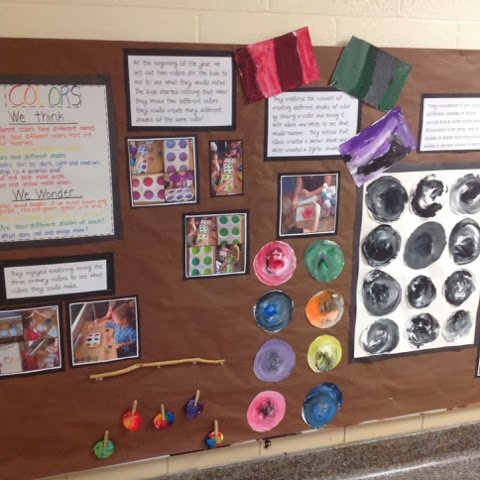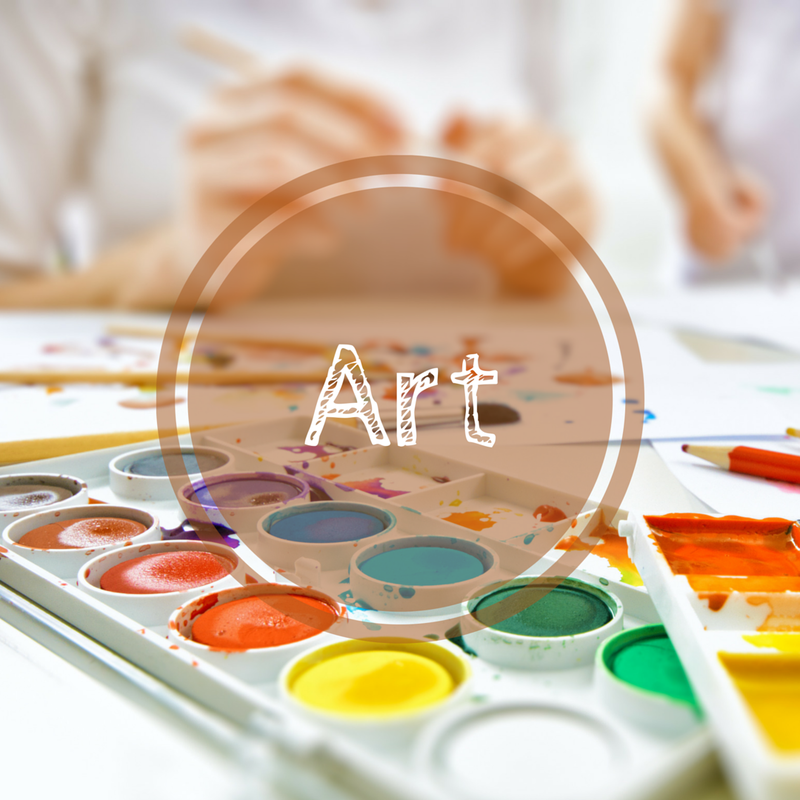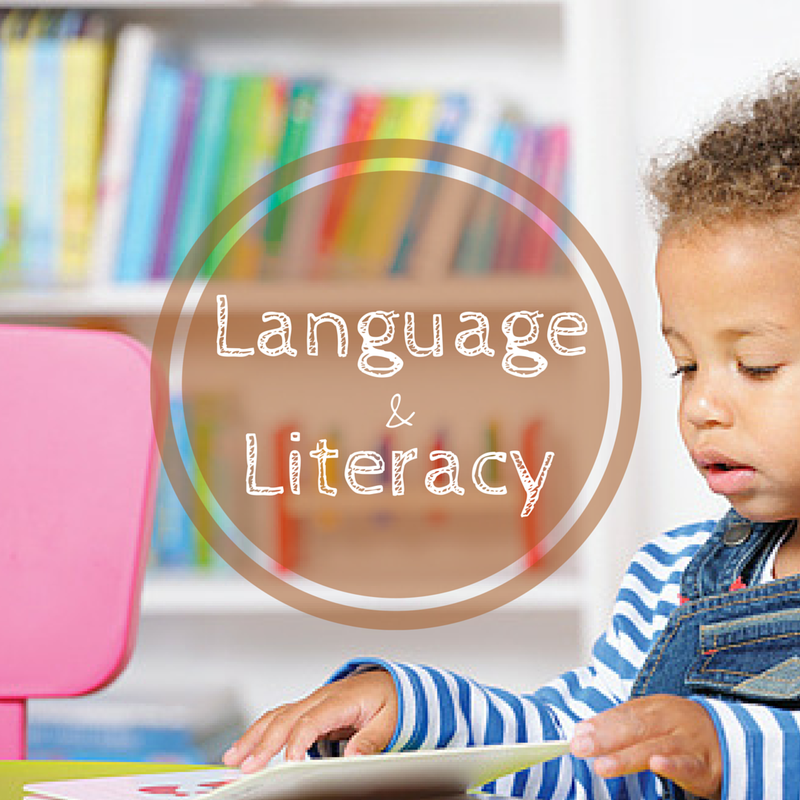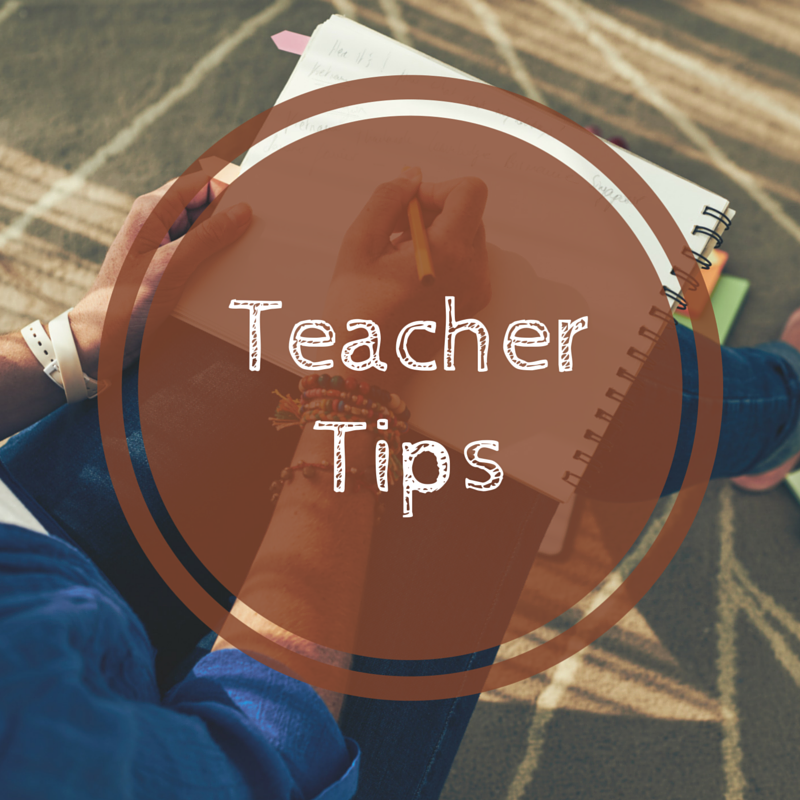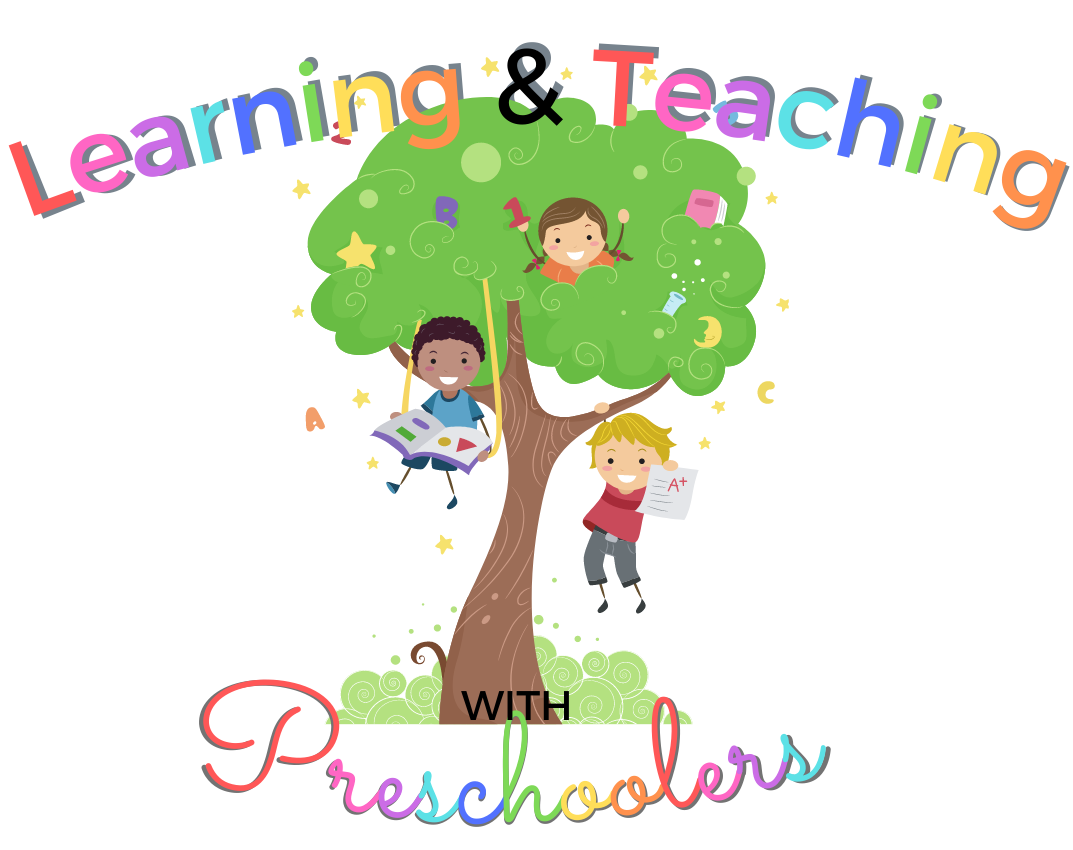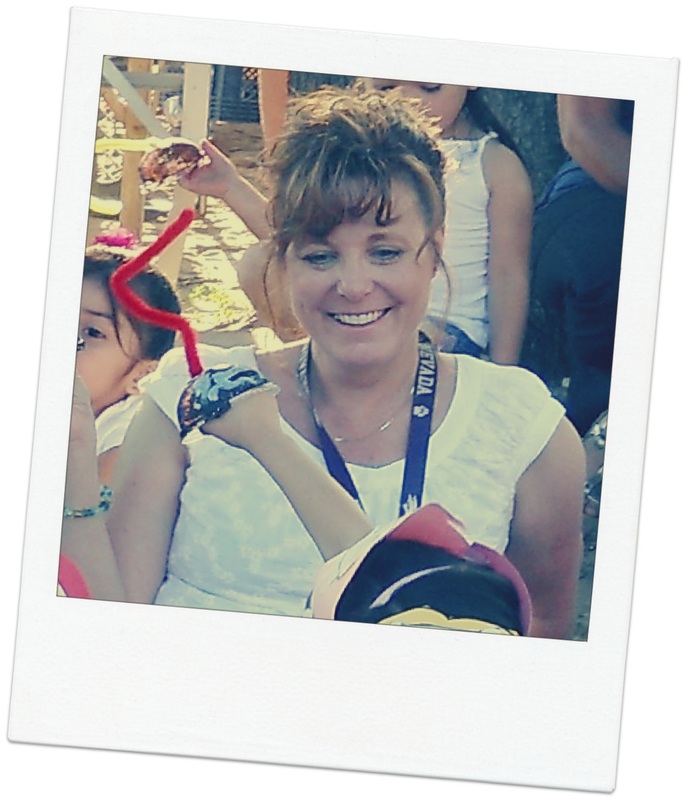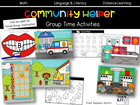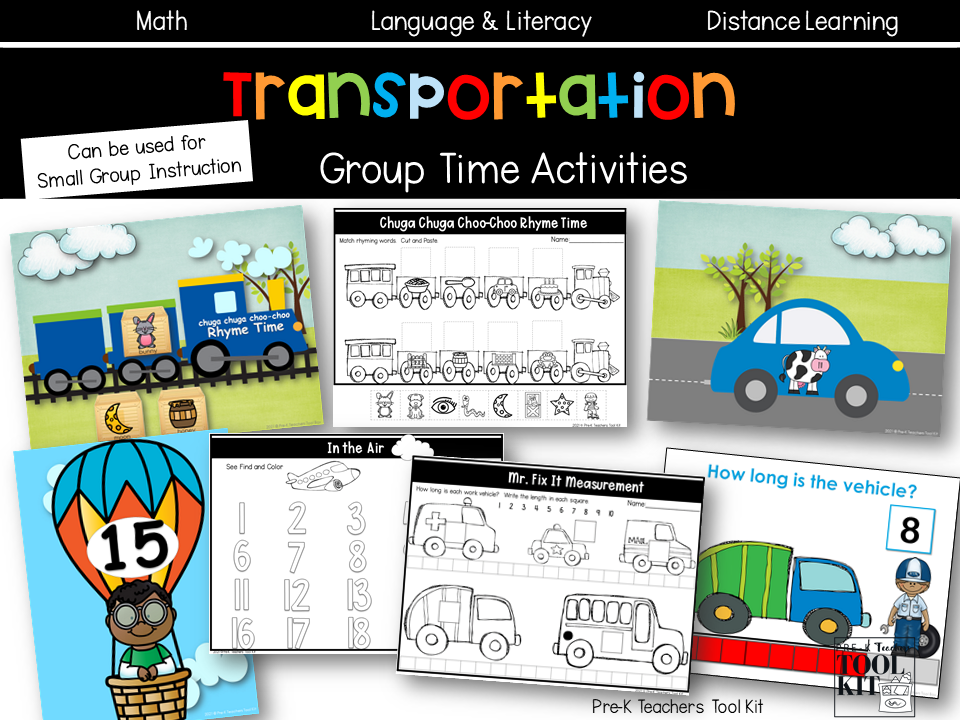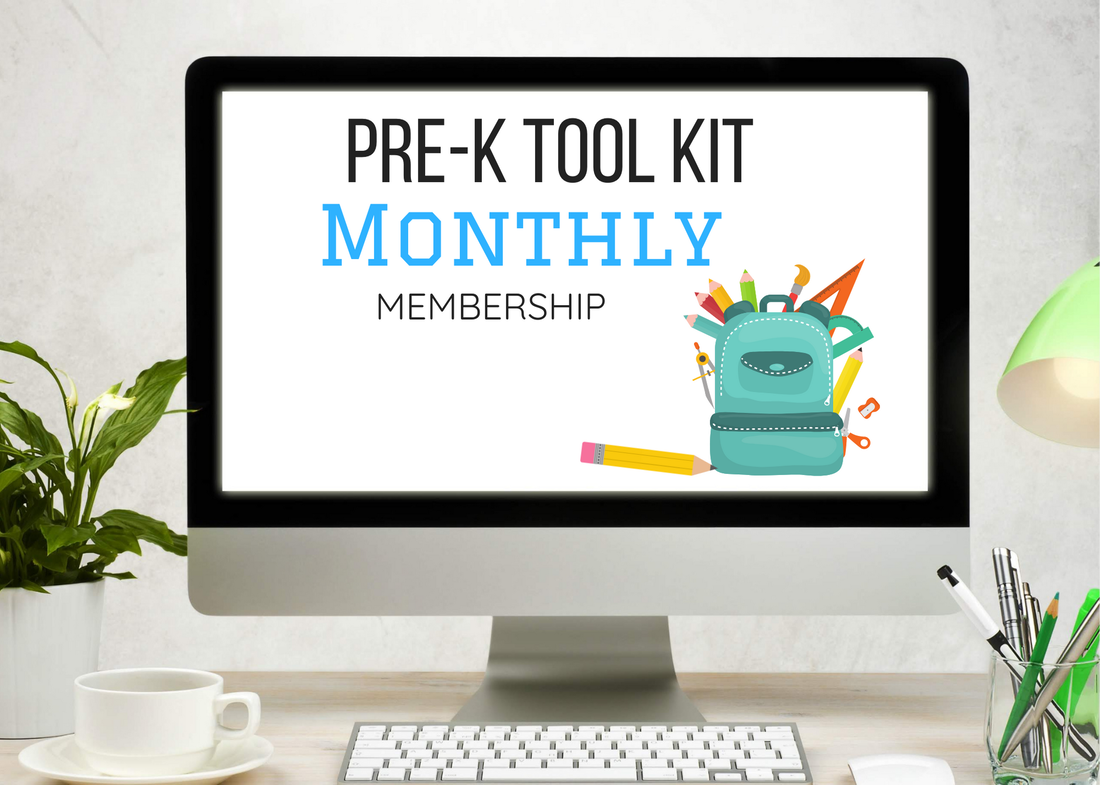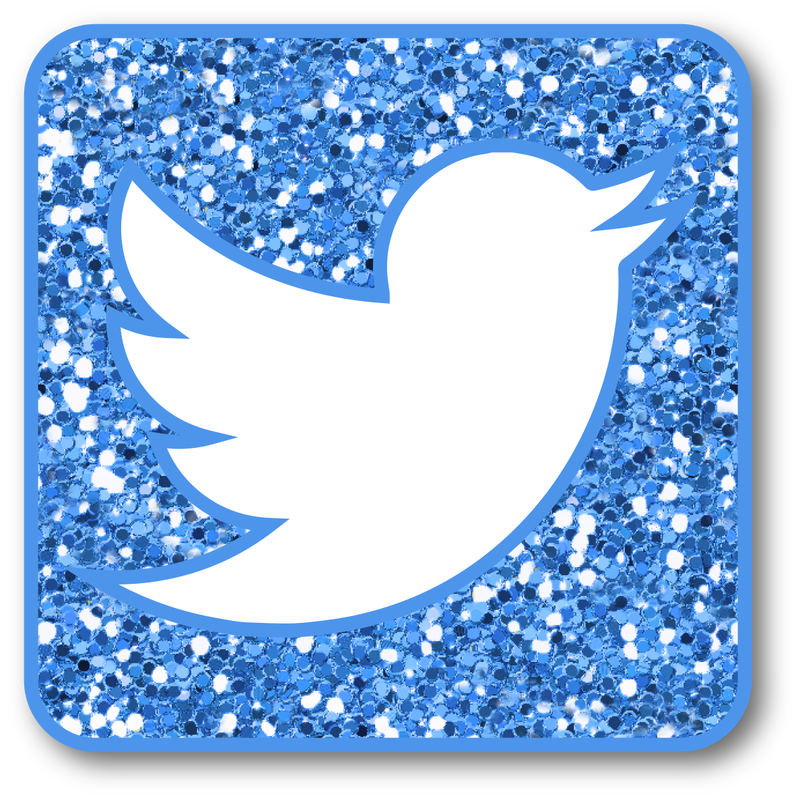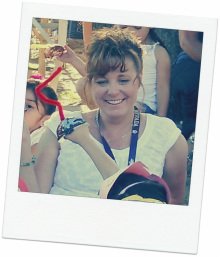|
I’m excited to be back this week for the Pre-K Partner’s Learning Centers Blog Hop Series! This week we are highlighting one of my favorite centers the art studio. Art in my classroom is a big part of the learning process, it’s a way for children to express themselves, but it is also a way to anchor children’s inquires of learning, in the areas of…
Sometimes teachers of young children use “art” to refer too spontaneous, open ended and often messy exploration of color or texture with little or no teacher’s direction or involvement. We like to see “art” to describe a lively process of engagement with a range of materials, an engagement that is sensual and reflective, creative and deliberate, and that deepens and extends children’s learning. Our art studio was created with children in mind, by providing children with an area that they can be independent artist. We created three different zones in our art studio to allow children the opportunity to work with several art mediums all at the same time. There is a zone that is just for children to paint. Children can paint on the table top or they can choose to put up a table top easel. The paint section of the art studios is set up in a way that children are able to access paint, watercolors, different types of painting tools and paint pallets or paint trays. Once children are finished with their painting project they then clean up their own painting tools. There is another zone that provides children with the opportunity to work with clay or wire sculptures. In the studio there is a large table that is large enough for children to be able to mix different types of art medium.
When using art to build or expand children’s knowledge first you need to ask yourself a few simple questions.
Now see what other ECE teachers are doing in their art centers.
1 Comment
Day NineteenThe art of observational drawings is for children to observe and reflect upon what they see. It provides use with useful information and shows us what children notice. When children observe something:
As children become active observes of the world around them, they will begin to ask questions and share observations. As they see it will provide topic for discussion and help us to dig a little deeper into the learning process. How to begin observational drawings with children. Set out an object during group meeting and look at it together. Have the children tell you everything that you see about the object. Make a list to review what others saw. Explain to the children that we are going to do an observational drawing on the object. We are going to draw exactly what we see and add as much detail as we can. Start with a simple object with few details. This will allow the children to be successful on their first drawing and make for a happy artist. As they begin to finish up their drawings ask them if they see any details they haven’t drawn yet. Always encourage and praise children’s drawings, by pointing out what you have noticed about their drawing. “I like how you added all the hair that you saw on the spider.” Observing living and growing things. Encourage children to observer the process of growing things. Don’t limit yourself or the children to just observational drawings, children can also use their observational skills with painting and clay. Children retain more of what they learn in an observation when they draw vs. when they do not (Fox & Lee, 2013) Task: Include a observational drawing in your plans this week. 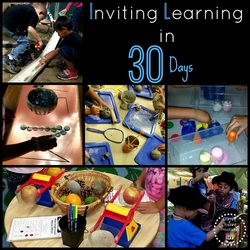 Day EighteenIt has been a long standing requirement in early childhood education programs to observe and document children’s learning. But… We need to get beyond more than just work samples, portfolios and random observations. Think about this…
What is documentation of children’s learning? Documentation provides a picture of children’s experiences, development and learning. It helps to support planning that is meaningful to each child and demonstrates that teachers are thinking carefully about children’s learning. Documentation should…
Through documentation, we can show the ordinary to be extraordinary. – Shater 2002 There are different ways that we can document children’s learning. We can use…
Documentation that is present in the classroom can be as varied as the creators mind permits. Task: Create an area that is designated for classroom documentation. Start documenting children’s learning process as they explore and learn together about one of their interest. 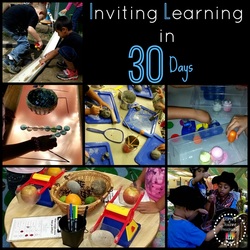 |
Welcome!I'm Tami Sanders creator of Learning and Teaching with Preschoolers, a blog to help teachers create magical moments for the young. Follow MeArchives
May 2024
|




